How to feed panicle hydrangea and how to do it correctly?

Any garden plot is not complete without a beautiful flower bed, which pleases the eye in the warm season. The variety of flowers and plants that have a long and lush flowering is very significant, therefore it is necessary to choose the right green spaces. Paniculata hydrangea will appeal to those who wish to see abundantly and long-term flowering bush, without making any special efforts to care. The main component of proper development is top dressing - they must be carried out within a certain time frame if the necessary fertilizers are available.
Peculiarities
In many gardens of central Russia, you can find a plant that blooms luxuriantly with white flowers gathered in panicles. Due to the peculiarities of its structure, this bush has the name panicle hydrangea, which differs from other representatives in its kind in size and design features. This culture came from China, Japan, Sakhalin and the Far East and over time has spread far beyond these regions.
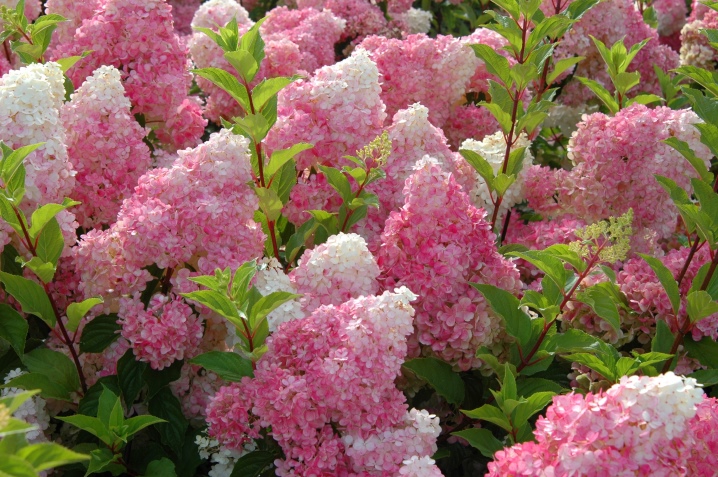
Hydrangea feels good under different climatic conditions, therefore the presence of cold weather in winter does not affect it in any way. The bush can live up to 60 years, enduring frosts of 25 degrees. Despite the high indicators of resistance to environmental phenomena, for full growth and development, as well as decorative flowering, a number of rules must be observed.
- It is better to plant bushes in partial shade. With constant exposure to the sun's rays, the flowers lose their decorative effect.
- It is best to plant the plant in fertile, clayey, acidic and moist soil. In the absence of the proper conditions, it is worth creating them on your own.
- Planting a bush in the ground is carried out depending on the region. In warm regions it is spring and autumn, and in temperate climates spring is considered the best time.
- When planning a plot for hydrangeas, it is worth digging holes at a distance of 1-2 meters, no closer, so that the bushes feel good when they grow.
- For the full growth of hydrangea, it is necessary to regularly loosen the soil near the bush, weed the weeds, water it well, cut it on time and correctly, and fertilize it.
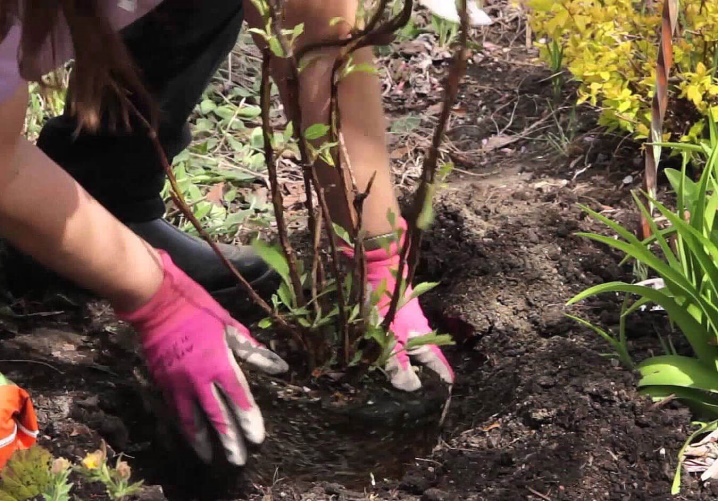
Subject to all the conditions on the site, it will turn out to plant a beautiful garden of hydrangeas, which will begin to bloom from the end of June and end in October. To ensure the splendor and decorative effect of the flowers, it is necessary to feed the bushes with the necessary additives in a timely manner.
Fertilization features
Due to the fact that hydrangea needs frequent and abundant watering, useful substances are intensively washed out of the soil, which must be replenished. Top dressing of panicle hydrangeas will make it possible to strengthen the bush, improve its decorative qualities, and extend the flowering period. If fertilization is not applied in time, the plant will become weak, the color of the leaves and flowers will be dimmer, and any diseases and pests will become a big problem for the bush.

To understand exactly what a hydrangea needs, you should carefully study it:
- with a dry border on the leaves, a lack of potassium can be noted;
- with obvious chlorosis of the leaves, the absence of the proper level of iron can be distinguished;
- when the surface of the leaf plate turns yellow, a lack of nitrogen can be seen;
- when the shade of the leaves changes and they acquire a purple tone, the absence of phosphorus can be noted.
For the lush flowering of hydrangeas, it is recommended to fertilize it with a solution of potassium permanganate of a pale pink hue, which will help strengthen the structure of the tissues. Such care should be carried out no more than once a month. In addition to general requirements, there are specific preparations that are applied under the bush at a certain time.

Spring feeding
For a garden hydrangea, the optimal time for the first feeding is March. With the onset of warm weather and melting of snow, sap begins to actively move through the plant, therefore it is important to provide it with proper nutrition for active growth and development. You can achieve the desired result with the help of nitrogen preparations. For self-production of fertilizers, you must:
- take potassium sulfate and urea in the amount of 2 tsp. each remedy;
- mix the ingredients and dilute them in warm water;
- let the fertilizer infuse for several days.
In the country, under one bush, it usually takes half a bucket of top dressing, therefore one blank is enough to ensure that the plant does not need anything in the spring. If desired, you can also use manure to feed the bushes, from which weak solutions are made that can add everything you need to the soil without damaging the root system.
During the budding period, it is recommended to add a solution of potassium and phosphorus in the amount of one tsp. of each substance diluted in a bucket of water.
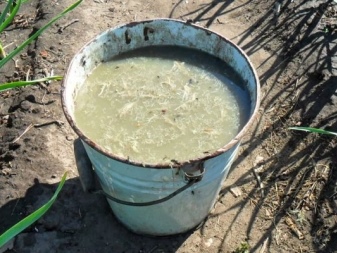
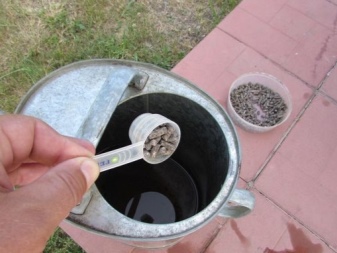
Thanks to the use of certain means, you can not only help the bush to be healthier, but also correct the color palette of the culture.
- To get a blue tint of flowers, you need to mix potassium sulfate and potassium chloride in the amount of 60 g per bucket of peat. Such a composition must be spread out near the bush and watered well.
- To obtain a lilac shade, it is necessary to use ammonium and potassium sulfate in the amount of 1 tbsp. l. on a bucket of water. The hydrangea is watered with this composition before the buds appear, and a second course is carried out after the bush has bloomed.
- If there is a desire to get a pink hydrangea, then in a bucket of humus it is necessary to add wood ash in the amount of 2-3 glasses, and also dilute lime and add it to the general composition.
- To obtain pure white flowers, it is necessary to saturate the soil with potassium sulfate and superphosphate during the planting period of the bush. In this case, needles, sand and humus act favorably, from which layers are created at a depth of 15 cm.
Timely applied preparations will allow the bush to grow on time and prepare for the flowering process.
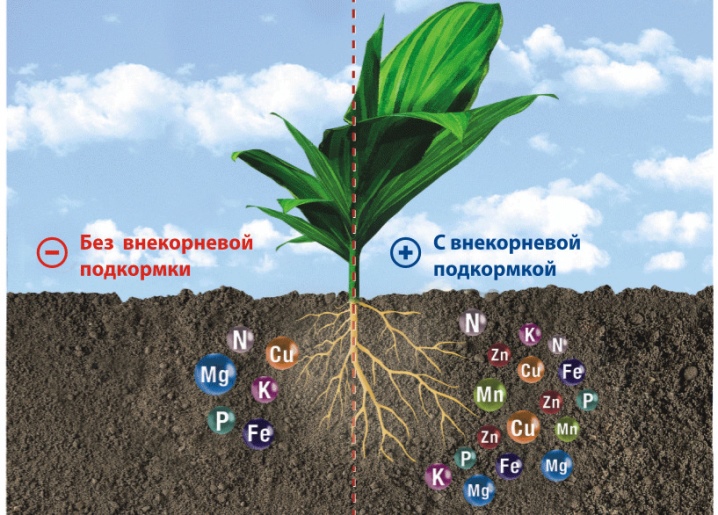
Summer care
The feeding process in summer differs from the spring stage, since the bush begins to bloom, and it needs a certain supply of nutrients. It is necessary to fertilize plants twice a month, doing this procedure in a certain sequence.
- In June, it is best to feed the bush with a mixture of nitrophoska and Agricola, which are taken in the amount of 1 tbsp. l. on a bucket of water. Such a composition will help to increase the number of ovaries on the bush and their lush flowering.
- In July, the active flowering of hydrangea begins, therefore it is recommended to make "Kemir" flower in the amount of 1 tbsp. l., diluted in a bucket of water.
- If there is not enough nutrients in the soil, the plant can still be fed with infusion of nettle or sorrel, which are infused in a bucket of water. The peculiarity of such care is that after making the infusion, it is necessary to bring a bucket of plain clean water under the bush.
- In August, you should not apply nitrogenous fertilizers so that the bush does not grow actively. If you continue to pour in nitrogen, the bush will begin to deform, as its leaves and inflorescences will become too large, and the decorative effect will be spoiled.
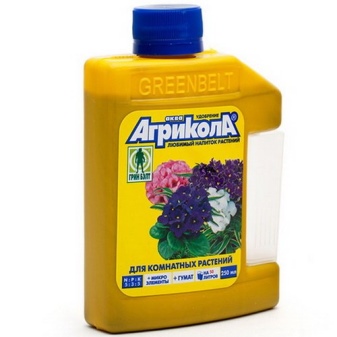
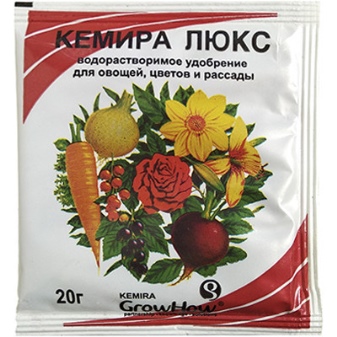
When applying fertilizers in the summer, it is worth alternating organic matter and mineral compositions, and sometimes adding lactic acid bacteria to the soil by pouring in kefir or yogurt, diluted in a 1: 3 ratio.
Autumn procedures
During preparation for winter, it is worth fertilizing the soil with compounds of potassium and phosphorus. One hydrangea bush requires 1 tbsp. l.superphosphate and potassium sulfate, which are diluted in a bucket of water. It is considered optimal to apply 7 liters of the composition under one bush. You can also use organic fertilizers: compost, peat, humus, which are placed on the ground near the plant.
The peculiarity of hydrangea is that it blooms on the shoots of the current year, because in the fall, it is necessary to cut off all the inflorescences, which will ensure abundant flowering of the bush next year... It is best to cut the branches so that only three buds remain. Such pruning will make it easy to cover the bush for the winter, and fertilizers that will be placed near the bush will gradually begin to enrich the soil, forming a nutrient layer.
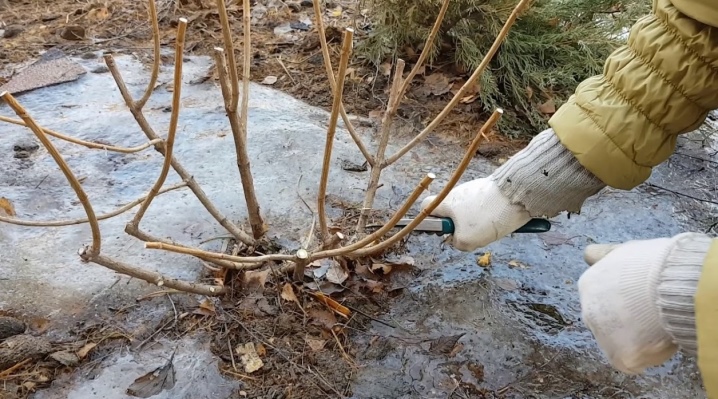
The use of traditional remedies is not always effective and appropriate, therefore sometimes gardeners use alternative formulations. The most popular is to fertilize the plant with apple cider vinegar and citric acid. These substances are introduced in the event that the acidity of the soil needs to be adjusted.
If there is too little time to care for the hydrangea, and it is not possible to apply certain fertilizers every season, then it is recommended to add complex preparations that contain everything you need, these are:
- Fertika;
- Pokon;
- Green World;
- Biopon;
- Agrecol.
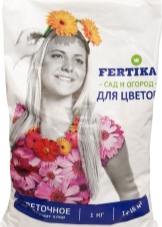
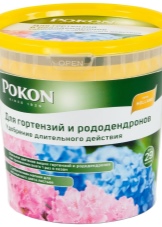
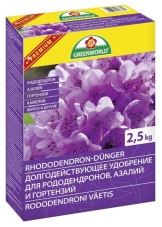
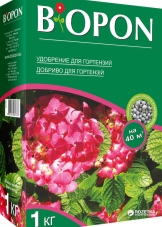
To help the shrub cope with frost, it is important to reduce the amount of water applied under the plant, as well as completely eliminate nitrogenous fertilizers from mid-summer.
With proper care and application of the necessary fertilizers, panicle hydrangea will decorate the garden in a few years and will become a real decoration of the site.
For more information on feeding paniculate hydrangea in spring, see the next video.





























































The comment was sent successfully.